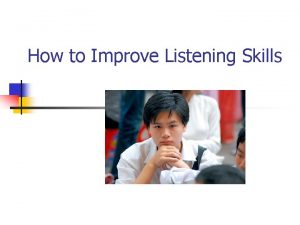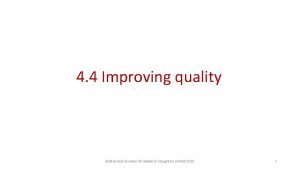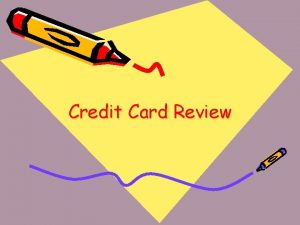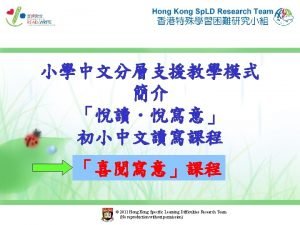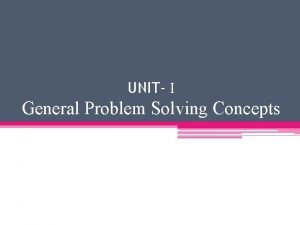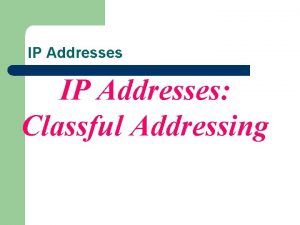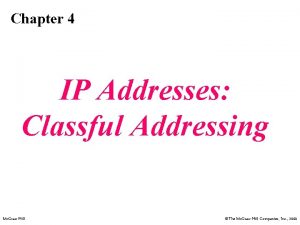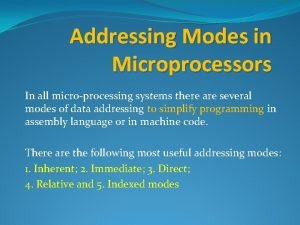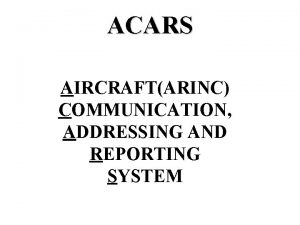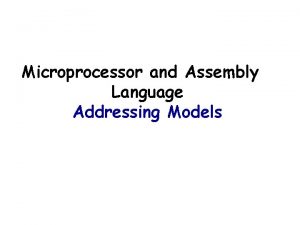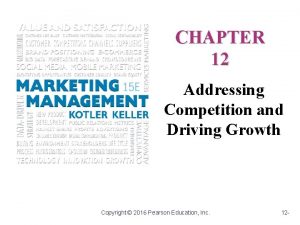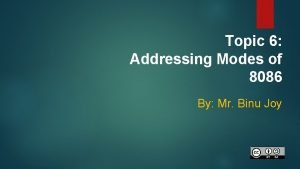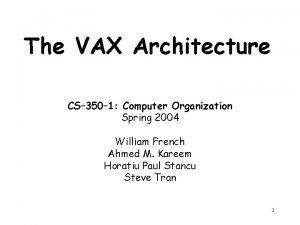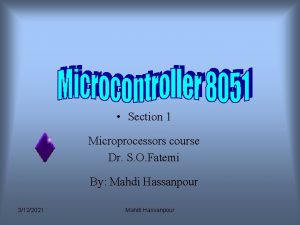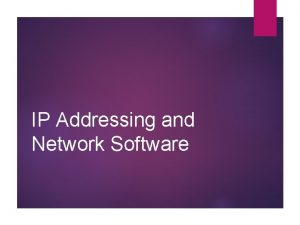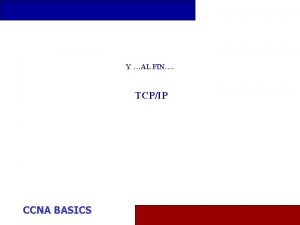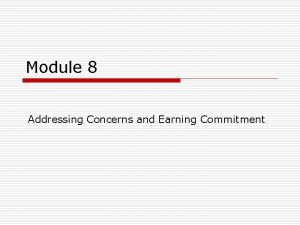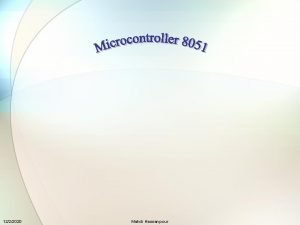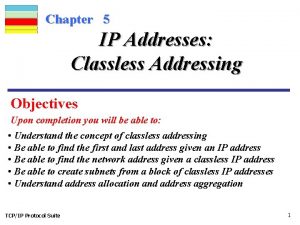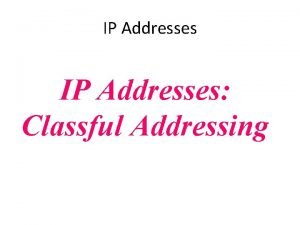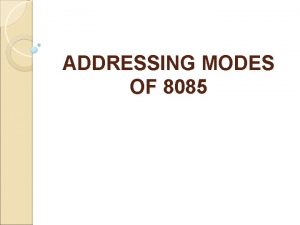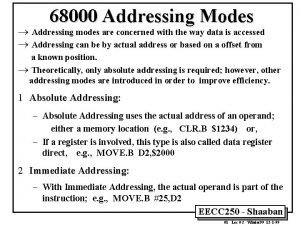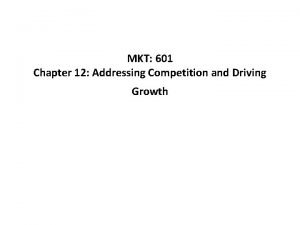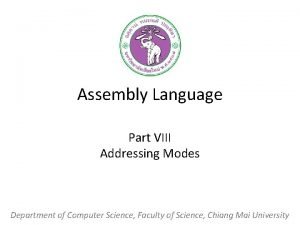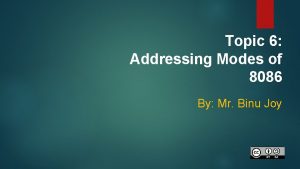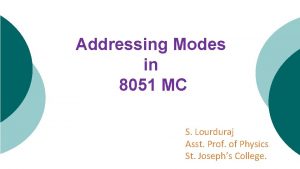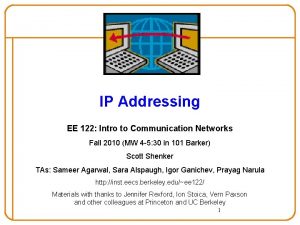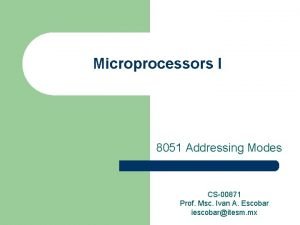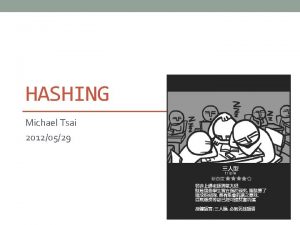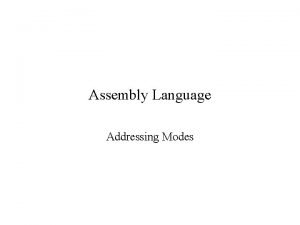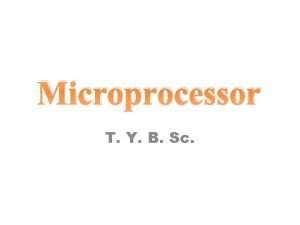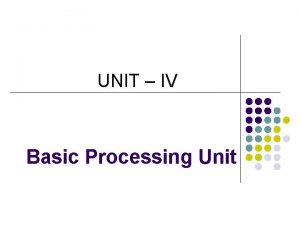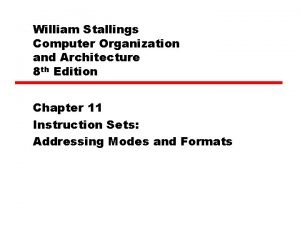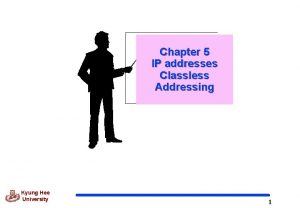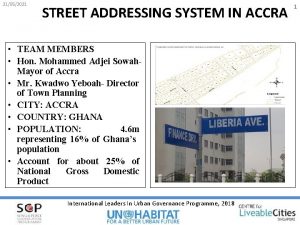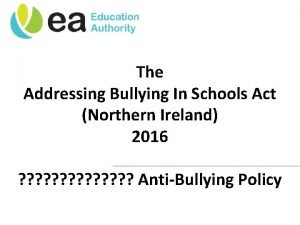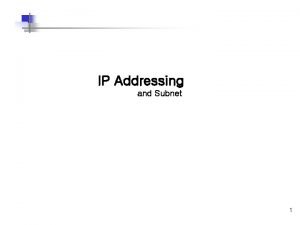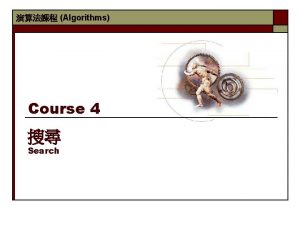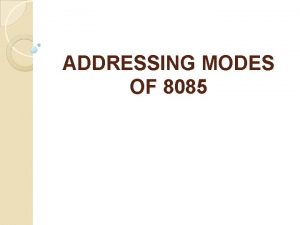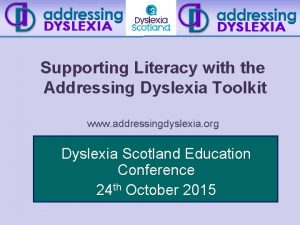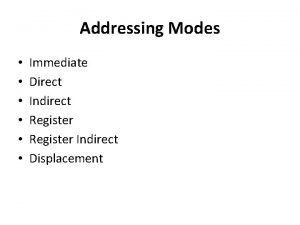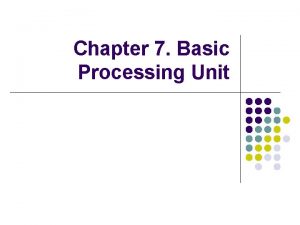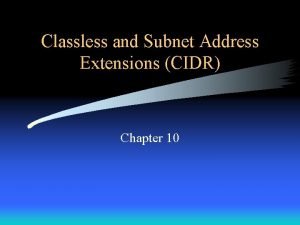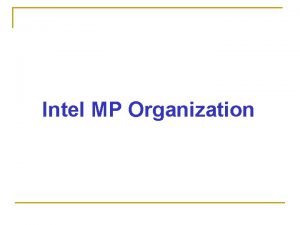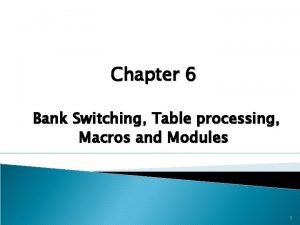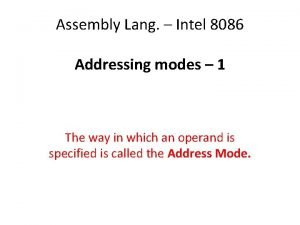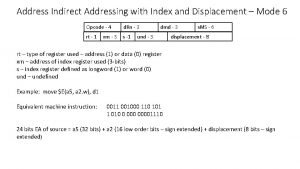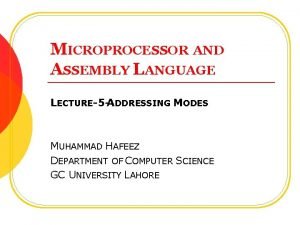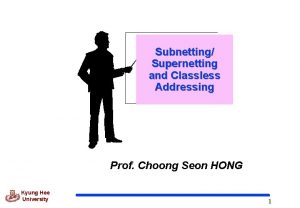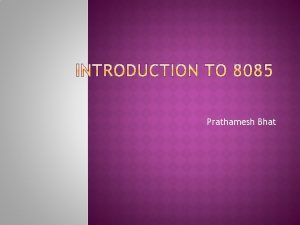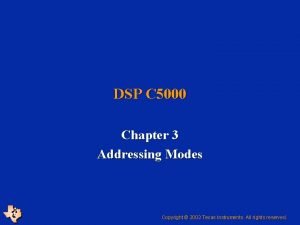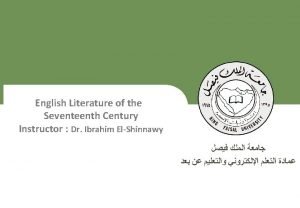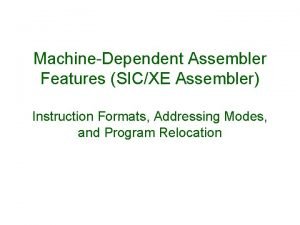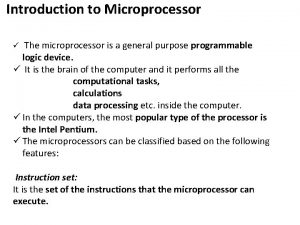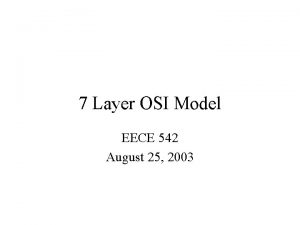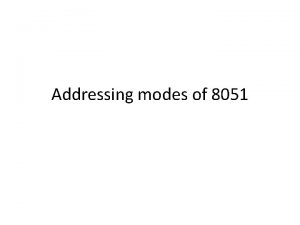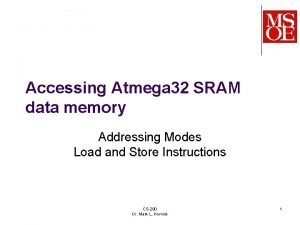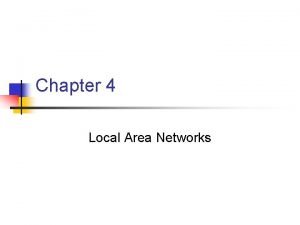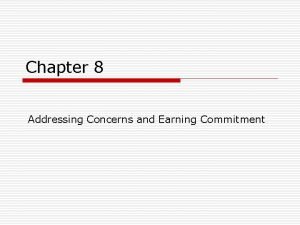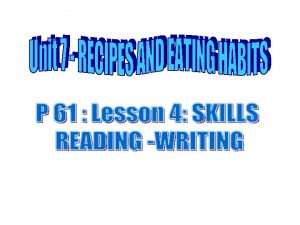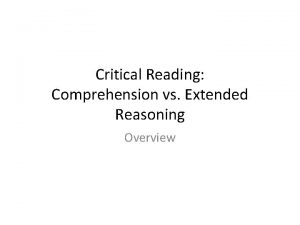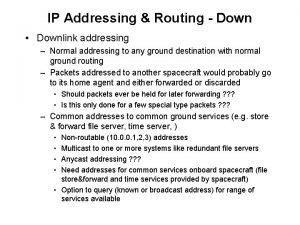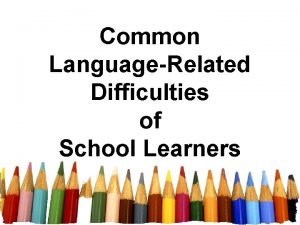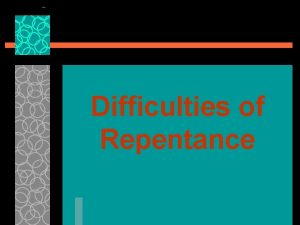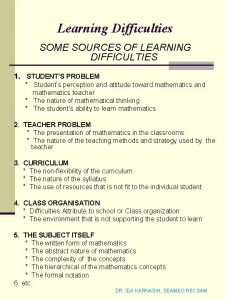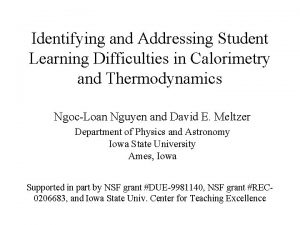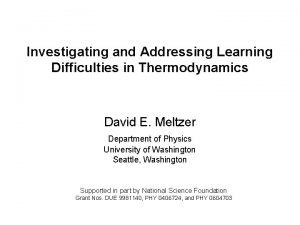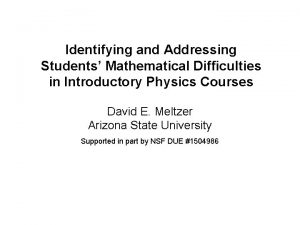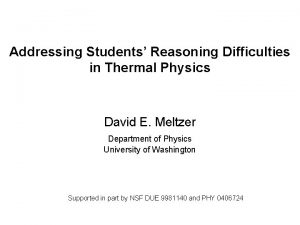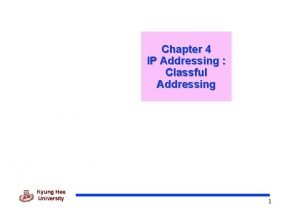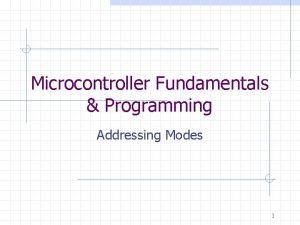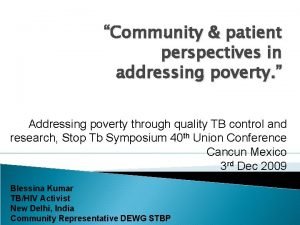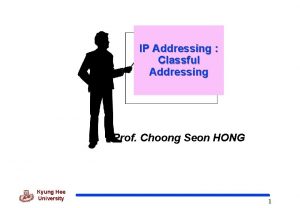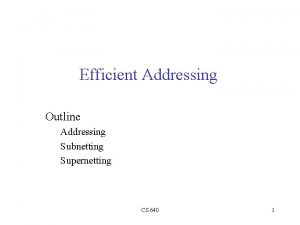ADDRESSING READING DIFFICULTIES WHAT IS READING Reading is

















































































- Slides: 81

ADDRESSING READING DIFFICULTIES

WHAT IS READING? • Reading is a process in which the reader translates symbols on a page into words and then attaches meaning to those words. • The reader reads to gain information.

LEARNING TO READ IS NOT A NATURAL PROCESS • Spoken language is learned naturally from being immersed in that language. • Learning to read and spell requires instruction in how that language is structured.

cat Decoding cat = /k/ /a/ /t/ Comprehension

Reading Decoding Comprehension 1. Instant word recognition 1. Oral language 2. Sound/symbol 2. World knowledge 3. Structural analysis 3. Strategic thinking 4. Context 4. Inference making

STAGE 0 • Pre-reading stage • Ages 6 months to 6 years • Solid foundation for reading is built - Oral language - Phonemic awareness - Print awareness - Letter recognition Chall’s Stages of Reading Development

STAGE 1 • Learning the code - Vowels and consonants - Alphabetic principle - Phonics - Syllables and orthographic patterns • Beginning of first grade through beginning of second grade Chall’s. Stagesof of Reading Development

STAGE 2 • Confirmation and fluency - Practice builds automaticity • Second and third grade • Vital for developing fluency Chall’s Stages of Reading Development

STAGE 3 • Tables turn • Reading to learn - comprehension becomes focus of instruction • Fourth grade through eighth grade Chall’s Stages of Reading Development

STAGE 4 • Reading from multiple viewpoints • Ninth grade through twelve grade Chall’s Stages of Reading Development

STAGE 5 • Construction and reconstruction of ideas from reading and written composition • College and beyond Chall’s Stages of Reading Development

NATIONAL READING PANEL Brain research sponsored by • National Institute of Child Health and Human Development (NICHD), International Dyslexia Association (IDA), and others.

Reading relies on the same brain circuits already in place for language. Overcoming Dyslexia S. Shaywitz

cat Broca’s area Wernicke’s area Angular gyrus Occipital cortex

NATIONAL READING PANEL The National Reading Panel was commissioned by the U. S. Congress in 1997 and reported in 2000.

NATIONAL READING PANEL REPORT SIX PRINCIPLES TO GUIDE READING INSTRUCTION 1. Begin teaching phonemic awareness directly in kindergarten. 2. Teach letter-phoneme relationship explicitly. (decoding) 3. Teach frequent, highly regular letter-sound relationships systematically. (decoding)

NRP REPORT 4. Show children exactly how to sound words out. (decoding) 5. Give children connected, decodable text to practice the letter-phoneme relationships. (fluency) 6. Use interesting stories to develop language comprehension. (vocabulary)

EFFECTIVE READING INSTRUCTION INCLUDES DIRECT INSTRUCTION IN: 1. 2. 3. 4. 5. Phonemic awareness Decoding Fluency Vocabulary Comprehension NRP report, 2000

RESPONSE TO INTERVENTION (RTI) K-2 • Tier 1 – Core Reading programs in the regular classroom with progress monitoring • Tier 2 – Intervention Programs in small groups for a short time • Tier 3 – Remedial Programs more intensive reading remediation (dyslexia programs)

DYSLEXIA: DEFINITION AND PRACTICE • What is dyslexia? • What strategies are effective in teaching students to read and spell? • What laws relate to dyslexia?

Is dyslexia a new term?

The term dyslexia has been used since 1887. The term was first used by Dr. Berlin, a German ophthalmologist.

Samuel T. Orton Psychiatrist and Neurologist

• Father of Dyslexia (strephosymbolia) • 1919 - University of Iowa • 1926 - Presented Interpretation of Developmental Reading Disability to The American Neurological Association

DR. ORTON • Identified the syndrome of specific language disability • Separated disabled readers from students with intellectual disability, brain damage, and/or primary emotional disturbances. • Proposed a system for diagnosis • Outlined principles of remediation for disabled readers

Anna Gillingham

• Psychologist and Teacher • Analyzed and organized the English language for the teaching procedures that Dr. Orton devised (1930’s) • Trained teachers to use this system

Do dyslexics see things backwards?

When students were asked to copy designs and Hebrew alphabet letters, the dyslexics did as well as the non-dyslexics. Vellutino, 1986

b

d

p

q

bd pq

Do dyslexic students make more reversal errors than other students?

Researchers have found that while dyslexic students make more errors than proficient readers, the percentage of reversal errors is not significantly different for the two groups. NICHD

How is a dyslexic reader different from a skilled reader?

DYSLEXIC READERS DO NOT PICK UP THE PATTERNS OF A LANGUAGE • Phonological level • Orthographic level

On a phonological level, they have difficulty with. . . • rhyming • identifying the number of words in a sentence • identifying syllables in a word • identifying individual sounds in a word

Deficits in phonological awareness reflect the core deficit in dyslexic readers. NICHD

The best predictor of reading ability or disability from kindergarten and first grade test performance is phoneme segmentation ability. NICHD

Matthew Effect Keith Stanovich • fluency The rich get richer… • vocabulary Read more • world knowledge • syntax • text structure Enjoy reading -gain fluency Learn Sound/symbol - learn to read Phonemic awareness • comprehension • learning through reading • SELF ESTEEM

. . . and the poor get poorer No phonemic awareness No facility with sound/symbol - don’t learn to read well Don’t learn to read - don’t gain fluency Don’t enjoy reading Don’t read

Matthew Effect Keith Stanovich • fluency Read more Enjoy reading -gain fluency Learn Sound/symbol - learn to read Phonemic awareness • vocabulary • world knowledge • syntax • text structure • comprehension • learning through reading • SELF ESTEEM

On an orthographic level, dyslexics have difficulty… • grouping common letter groups such as tch, igh, str • knowing how to pronounce the vowels • dividing words into syllables

For example. . . • bome & mape • gtsi & ynrh

trypsinogen

The ability to read and comprehend depends upon rapid and automatic recognition and decoding of single words. NICHD

ANOTHER CORE DEFICIT. . . • In addition to a weakness in phonological awareness, there is also a weakness in the ability to name in rapid succession. NICHD

o a s d p a o s p d s d a p d o a p s o a o s a s d p o d a d s p o d s a s o p s a d p a p o a p s

DYSLEXIA IS…. • Dyslexia is a specific learning disability that is neurobiological in origin. It is characterized by… - difficulties with accurate and/or fluent word recognition, and - by poor spelling and decoding abilities. • These difficulties typically result from… a deficit in the phonological component of language that is often unexpected in relation to other cognitive abilities and the provision of effective classroom instruction. • Adopted by the IDA Board of Directors, Nov. 12, 2002. This Definition is also used by the National Institute of Child Health and Human Development (NICHD).

DYSLEXIA IS… • Secondary consequences may include problems in reading comprehension, and • reduced reading experience that can impede growth of vocabulary and background knowledge. IDA and NICHD

Slow and inaccurate decoding is the best predictor of difficulties in reading comprehension.

READING COMPREHENSION IS INFLUENCED BY: • • • Decoding skills Reading Fluency (rate and accuracy) Language / listening comprehension World knowledge / oral language Strategic thinking - Visualizing - Inner dialogue • Inference making • Attention

How can dyslexic students learn to read?

MULTISENSORY STRUCTURED LANGUAGE EDUCATION Includes direct instruction in: • Phonemic awareness • Letter recognition • Decoding • Fluency • Comprehension In a multisensory, structured, sequential, intensive reading intervention curriculum (such as Orton-Gillingham based curricula) NICHD & IDA Fact Sheet

WHAT DOES IT MEAN TO BE AN ORTONGILLINGHAM READING CURRICULUM? Structured, sequential, cumulative curriculum which includes intensive instruction in: - Phonology - Sound/symbol association - Syllable instruction - Morphology - Syntax - Semantics Using multisensory and discovery strategies IDA Fact Sheet

Some Facts § In one study, 90% of all children identified as learning disabled were referred for special education services because of reading problems. (Kavalen and Forness 2000) § 90% of these children have problems with “word recognition skills”. (NICHD) § Dyslexia is defined as a difficulty decoding single words (word recognition skills). Therefore…

THEREFORE… • A multisensory, structured language education curriculum, which includes instruction in decoding, comprehension, and fluency, is appropriate for a large portion of students identified with reading difficulties, regardless of the specific educational placement.

Won’t most students outgrow dyslexia?

Longitudinal studies show that of the children who were reading disabled in 3 rd grade, and received no specific reading remediation, 74% remained reading disabled in 9 th grade. NICHD

Are there many dyslexic students?

Students Identified with Dyslexia

Can dyslexia be inherited?

Dyslexia can be inherited.

Are students with Attention Deficit Disorder (ADHD) also dyslexic?

Research found that 50% of students identified with ADHD met the criteria for dyslexia. ADHD and dyslexia may be present in the same child, but they are separate factors. ADHD does not affect acquisition of word-level decoding skills. NICHD

Legislation

SPECIAL EDUCATION (IDEA) • PL 94 -142 passed U. S. Congress (1975) • Revised 1995 and 2004 • Thirteen areas of qualification One is Specific Learning Disabilities

HOW DO STUDENTS QUALIFY FOR SPECIAL EDUCATION? • A referral • A psycho-educational evaluation • Admission, Review, and Dismissal (ARD) committee meeting • Individualized Educational Plan (IEP)

SECTION 504 REHABILITATION ACT OF 1973 • No funding General civil rights legislation (a disability that substantially limits a major life activity, such as …learning, reading, concentrating, thinking…) • Allows for accommodations • May provide assistance for students with learning differences who do not qualify under IDEA.

TEXAS DYSLEXIA LAW

The Law. . . Regular Education 504 Special Education 504 Dyslexia Law

The Dyslexia Handbook: Procedures Concerning Dyslexia and Related Disorders by the Texas Education Agency Revised 2014 http: //www. region 10. org/dyslexia/index/

IMPORTANT INTERVENTION FINDINGS • Which direct instruction alphabetic program is less important than intensity, duration, and explicitness, so long as the program is structured and provides opportunities to read and write. Florida State University

CAN INDIVIDUALS WITH DYSLEXIA BE SUCCESSFUL IN LIFE?

ABSOLUTELY!

WHAT IS THE PROGNOSIS? • • Severity Age of intervention Support of parents and educators Innate intelligence • Perseverance Dr. Tom Zion (retired) Meyers Center Texas Children’s Hospital

WHAT IS A PARENT TO DO? • • Educate yourself about reading and dyslexia. Share what you learn with your child’s teachers. Ask questions. Learn about the reading programs in your child’s school. Which curricula are being used? How & when is progress monitored? • Be proactive and involved in your child’s education inside and outside the school. • Network with other parents.

A FEW OF MANY RELIABLE WEBSITES: • International Dyslexia Association https: //dyslexiaida. org/ • Neuhaus Education Center www. neuhaus. org • Yale Center for Dyslexia & Creativity www. dyslexia. yale. edu • Reading Rockets www. readingrockets. org • Understood www. understood. org

Click on https: //www. neuhaus. org/parents You will find - You CAN Help Your Child, parent information booklet - Links to reliable information on the web.
 Flat addressing vs hierarchical addressing
Flat addressing vs hierarchical addressing Listening skills
Listening skills Methods of improving quality business a level
Methods of improving quality business a level Financial difficulties are commonly caused by overspending
Financial difficulties are commonly caused by overspending 切法寫默查
切法寫默查 Difficulties in problem solving
Difficulties in problem solving Pre reading while reading and post reading activities
Pre reading while reading and post reading activities Classful ip address
Classful ip address Classful addressing example
Classful addressing example Define addressing mode
Define addressing mode Acars label
Acars label Protected mode memory addressing
Protected mode memory addressing Addressing modes of sic
Addressing modes of sic Copyright
Copyright Indirect addressing mode example 8086
Indirect addressing mode example 8086 Vax architecture
Vax architecture 8 ideas of computer architecture
8 ideas of computer architecture Mov a, #89 h
Mov a, #89 h Addressing modes
Addressing modes Ip addressing software
Ip addressing software What is direct addressing in hashing
What is direct addressing in hashing Automatic private ip addressing
Automatic private ip addressing Addressing concerns and earning commitment
Addressing concerns and earning commitment Mov a #89 h is the example of addressing mode
Mov a #89 h is the example of addressing mode Difference between classful and classless addressing
Difference between classful and classless addressing Classful addressing
Classful addressing Addressing modes of 8085
Addressing modes of 8085 68000 addressing modes
68000 addressing modes Base register addressing mode example
Base register addressing mode example Addressing competition and driving growth
Addressing competition and driving growth Addressing modes in assembly language
Addressing modes in assembly language Addressing modes of 8086 microprocessor
Addressing modes of 8086 microprocessor Different types of addressing modes in 8051 microcontroller
Different types of addressing modes in 8051 microcontroller In ip addressing, an address beginning with 122 is
In ip addressing, an address beginning with 122 is Addressing modes of sic/xe
Addressing modes of sic/xe 8051 microcontroller addressing modes
8051 microcontroller addressing modes Computer graphics ppt
Computer graphics ppt Open addressing
Open addressing Cisc addressing modes
Cisc addressing modes Immediate addressing mode in assembly language
Immediate addressing mode in assembly language Wide branch addressing in computer organization
Wide branch addressing in computer organization Indirect addressing mode diagram
Indirect addressing mode diagram Classless addressing example
Classless addressing example Street addressing system
Street addressing system Hash
Hash Addressing bullying in schools act
Addressing bullying in schools act 슈퍼넷팅 예제
슈퍼넷팅 예제 Linear open addressing
Linear open addressing Addressing modes in 8085
Addressing modes in 8085 Addressing dyslexia toolkit
Addressing dyslexia toolkit Direct addressing adalah
Direct addressing adalah Basic processing unit
Basic processing unit Classless subnetting
Classless subnetting 00001000
00001000 Movlw 0x56 is an example of which addressing mode
Movlw 0x56 is an example of which addressing mode 8086 modes
8086 modes Displacement addressing mode
Displacement addressing mode Addressing mode in assembly language
Addressing mode in assembly language Supernetting vs subnetting
Supernetting vs subnetting Call by address in c
Call by address in c Classful addressing
Classful addressing Special addressing modes in dsp
Special addressing modes in dsp The poet robert herrick ask the daffodils to stay until the
The poet robert herrick ask the daffodils to stay until the Sic/xe object code calculation examples
Sic/xe object code calculation examples Register organization of 8086
Register organization of 8086 Service point addressing
Service point addressing Addressing modes of 8051 microcontroller
Addressing modes of 8051 microcontroller Absolute addressing mode
Absolute addressing mode Data memory of atmega32
Data memory of atmega32 Mac addressing
Mac addressing A traditional method of earning commitment is the
A traditional method of earning commitment is the Extensive reading
Extensive reading What is shared reading
What is shared reading St. louis
St. louis What is reading
What is reading Reading aims
Reading aims Reading is an active process
Reading is an active process What is extensive reading
What is extensive reading While reading stage
While reading stage Phenolphthalein titration
Phenolphthalein titration Work in pairs answer the question
Work in pairs answer the question Extended reasoning questions
Extended reasoning questions

